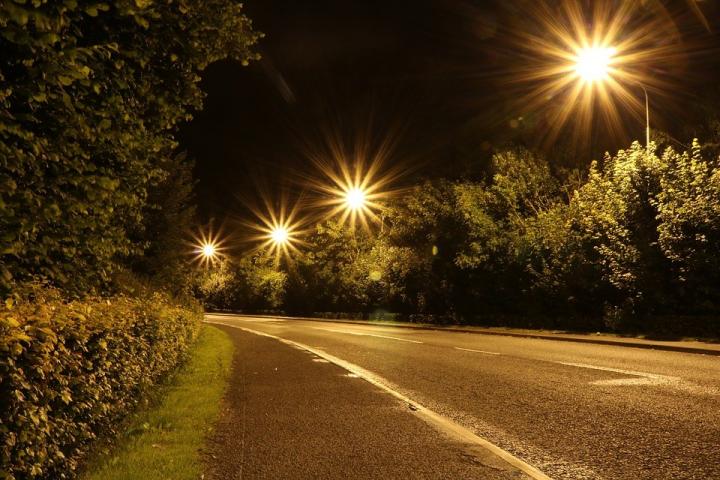
Credit: UGR
An international study involving researchers from the University of Granada (UGR), Spain, and the University of Krakow (Poland) has found that Spain’s current regulations on light pollution are inadequate, as they fail to take into account all the necessary factors–including the key factor of human vision itself.
In an article published in LEUKOS, the high-impact US Journal of the Illuminating Engineering Society, the scientists call on the government and regulatory bodies to use white rather than yellow light to illuminate areas that require special protection from light pollution (for example, those close to scientific observatories or nature parks). They claim white light is much more beneficial, both economically and environmentally.
In their study, the researchers propose a change in the current paradigm, to approach the fight against light pollution “from a much broader and more holistic perspective.” Light pollution is a problem of the first order, in terms of energy consumption, the environment, and the economy. Its effects on public health, the equilibrium of ecosystems, and observational astronomy, to name but a few areas, have led governments worldwide to pass laws to minimize it.
In simple terms, light pollution is caused by artificial night lighting that provides more light than is strictly necessary (over-illumination) or that is misdirected to somewhere it is not wanted or needed. Examples of the latter include the outdoor lighting that can trespass into homes, potentially altering people’s circadian rhythms, or the typical spherical street lamps that cast light skyward, where it is of little use and can adversely affect certain ecosystems and activities such as astronomical observation.
These two causes of light pollution are not difficult to control, despite their proliferation in many municipalities around the world. However, there is a third cause that has captured the attention of researchers, but its eradication can be a source of controversy: the white light used in most outdoor LED illumination, which is dispersed throughout the atmosphere. This phenomenon is known as scattering.
To avoid light scattering in the night sky, many countries prohibit the use of white light in protected areas such as observatories and nature parks. However, “this approach to light pollution, which almost exclusively focused on scattering, overlooks fundamental aspects of the visual perception of users and, therefore, their very safety,” explains Antonio Peña García, researcher at the UGR’s Department of Civil Engineering, director of the university’s Lighting Technology for Safety and Sustainability Research Group, and principal author of the study.
Bright lighting conditions
More specifically, when we go about our activities under dark lighting conditions, the human eye does not operate in the same way as it does in brightly-lit environments, but rather with what is known as mesopic vision. The characteristics of mesopic vision are particularly pronounced in settings such as very poorly-lit roads in rural areas, nature parks, areas near observatories, and so on. In this regard, the main characteristic of human vision in low lighting conditions is that white light is more effective.
“Even though this is a known fact, the regulations governing light pollution are based on brightly-lit conditions. This means that the amount of white light necessary in light-protected areas has been overestimated,” says Dr. Peña.
In short, in poorly-lit areas, the same effect in terms of visual perception and safety can be achieved by using a lower level of white light compared to the yellow light the law dictates for such areas.
The study, which was conducted by Dr. Peña in collaboration with Adam Sedziwy of the AGH University of Science and Technology, Krakow, compared the scattered radiant flux, directed skyward, together with the electric energy consumed on a road in a light-protected area, under white light conditions (which is prohibited in this type of area) vs. the commonly-used yellowish light.
“Although there is greater scattering when white light is used, the lower level of power needed to achieve the same degree of visual efficiency as light with a yellow hue more than makes up for this effect, and it produces a very significant energy saving. Specifically, the results we obtained show that white light provides an energy saving of 18 MWh per year, for every 5 km of road. And in both cases, the effect of the two types of lighting on drivers’ circadian rhythms are negligible in this type of setting, the dimly-lit road,” the researcher emphasizes.
Dr. Peña warns that, although upwardly-directed scattered radiant energy is not directly comparable with the electric energy consumed, the savings achieved by using white light–in energy, environmental, and economic terms–together with the identical level of user safety it provides, should lead the government and regulatory bodies to approach the fight against light pollution from this much broader and more holistic perspective.
###
Media Contact
Antonio Peña García
[email protected]
Original Source
https:/
Related Journal Article
http://dx.



